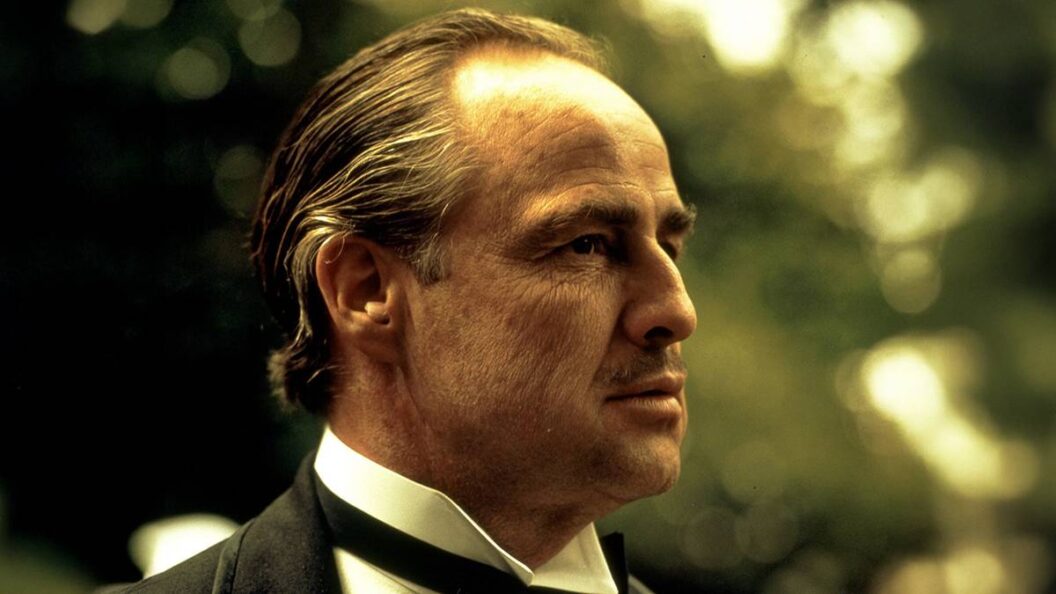The Art of the Slow-Burn: Exploring Cinema’s Most Impactful Films
In a cinematic landscape dominated by fast-paced narratives and quick resolutions, a growing number of filmmakers have begun embracing the slow-burn approach. This method allows movies to build tension, character depth, and thematic complexity over time, creating a more immersive viewing experience. This article examines ten essential slow-burn films that redefine traditional storytelling norms while providing clarity about their significance in the film industry.
The Slow-Burn Structure
Most films follow the traditional three-act structure, encompassing an introduction, conflict, and resolution. This formula, while effective, often results in predictable storytelling. However, some filmmakers dare to break away from these conventions, opting for pacing that emphasizes atmosphere and emotional weight.
The slow-burn technique encourages viewers to sit with complex emotions rather than rush to a resolution, compelling them to engage with the narrative on a deeper level.
1. The Shining (1980)
Directed by Stanley Kubrick, The Shining is frequently hailed as one of the greatest psychological horror films. Starring Jack Nicholson as Jack Torrance, the film immerses viewers in a chilling atmosphere, slowly revealing the haunted history of the Overlook Hotel. Critics often argue that its pacing can be excruciatingly slow, especially in the first half. Yet, this approach serves to heighten the psychological dread and explore themes of madness and isolation.
Kubrick’s direction masterfully juxtaposes silence with horrifying moments, culminating in Nicholson’s unforgettable descent into madness. This slow buildup enriches the film’s impact, making the climactic scenes resonate far more deeply than they might in a faster-paced narrative.
2. Mulholland Drive (2001)
David Lynch’s surreal neo-noir mystery Mulholland Drive exemplifies the slow-burn narrative. The film follows aspiring actress Betty Elms (Naomi Watts) and amnesiac woman Rita (Laura Harring) as they navigate the complexities of identity in Los Angeles.
Lynch’s deliberate pacing allows tension to grow organically, immersing viewers in a dreamlike narrative that blurs the lines between reality and fiction. The film invites the audience to appreciate every haunting moment rather than rush to a conclusion.
3. 2001: A Space Odyssey (1968)
Considered a landmark in science fiction, 2001: A Space Odyssey by Stanley Kubrick challenges typical genre expectations. Featuring astronaut Dr. Dave Bowman (Keir Dullea), the film is an exploration of technology and humanity, employing long sequences that engage viewers in profound philosophical questions.
The deliberate pacing cultivates a sense of wonder and contemplation that ultimately elevates the film beyond standard sci-fi fare, emphasizing the extraordinary elements of human achievement.
4. Alien (1979)
In Ridley Scott’s Alien, the slow pacing works to enhance the film’s horror elements. The crew of the spaceship Nostromo must confront a bloodthirsty alien, but Scott chooses to showcase their mundane activities first, building an unsettling sense of normalcy that amplifies the horror when the alien finally appears.
By withholding immediate danger, Scott effectively ramps up claustrophobia and tension, making every encounter with the alien all the more shocking.
5. Drive (2011)
Nicolas Winding Refn’s Drive stands out for its unconventional storytelling. Starring Ryan Gosling as an unnamed getaway driver, the film prioritizes his relationships over action-packed sequences. The slow-burn narrative allows viewers to immerse themselves in the subtleties of his character—making each moment significant.
The film’s unique pace defies expectations, emphasizing emotional connections rather than mere adrenaline-fueled excitement.
6. Midsommar (2019)
Ari Aster’s Midsommar challenges conventional horror tropes. Starring Florence Pugh, the film immerses viewers in a seemingly idyllic Swedish commune that harbors disturbing rituals. Its gradual build-up of tension allows for a visceral exploration of themes like grief, belonging, and betrayal.
The unsettling conclusion emphasizes the true horror of Dani’s journey, maximizing the emotional payoff through its slow pacing.
7. Rosemary’s Baby (1968)
Directed by Roman Polanski, Rosemary’s Baby meticulously captures the anxiety of impending motherhood. Mia Farrow stars as Rosemary, who suspects that her neighbors may be part of a cult conspiring against her.
The film’s slow-burn structure builds tension through intimate shots and subtle cues, delivering one of the most impactful climaxes in cinema.
8. Scent of a Woman (1992)
In Scent of a Woman, the slow pacing allows for the complex development of characters played by Al Pacino and Chris O’Donnell. The film carefully layers its drama, creating a deeply moving narrative arc that proves rewarding for attentive viewers.
Pacino’s transformation from bitterness to selflessness is effectively conveyed through a gradual buildup of tension that culminates in emotionally charged moments.
9. The Thing (1982)
John Carpenter’s The Thing utilizes slow pacing to cultivate uncertainty, leaving audiences questioning the trustworthiness of characters against a backdrop of impending horror. Set in Antarctica, the film’s characters are haunted by paranoia as they confront an alien entity that can assimilate into living beings.
The tension derives not from constant action but from the psychological strain of uncertainty, making its terrifying revelations feel even more unsettling.
10. The Godfather (1972)
Often heralded as one of the greatest films of all time, Francis Ford Coppola’s The Godfather deftly builds its narrative over a decade, chronicling Michael Corleone’s evolution from a reluctant family member to a ruthless mafioso. The slow pacing enhances the emotional weight of each decision made by the characters, allowing viewers to appreciate the intricacies of family dynamics and loyalty.
Every moment feels loaded with significance, reinforcing the film’s enduring impact on cinematic storytelling.
Conclusion
The slow-burn narrative style offers filmmakers the opportunity to explore complex themes and character developments, creating works that resonate deeply with audiences. These ten films serve as essential examples of how patience in storytelling can yield profound emotional experiences, cementing their places in the canon of cinematic masterpieces. In a world where rapid pacing dominates, these films remind us of the beauty and significance of taking our time.









